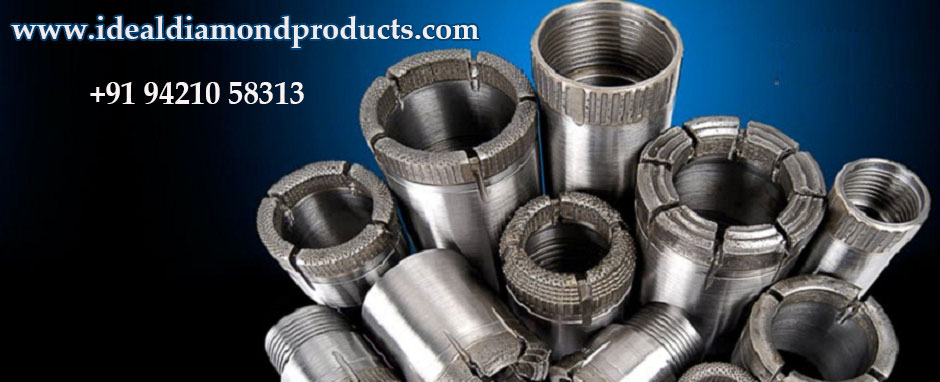All
surface-set diamond bits manufactured by IDP are available with one of eight
standard grades of natural drill diamond set on the cutting surfaces of the bit
face. The diamond grades are described as follows:
AAA Grade
Premium
quality natural drill diamond. These stones are round to octahedral and
dodecahedral in shape and may have small amounts of internal inclusions with no
cracks or fissures.
AA Grade
High
quality natural drill diamond. These stones are mainly round with a small
percentage of off-shaped stones and somewhat spotted as well as crystal shaped
stones.
A Grade
Medium
quality natural drill diamond. These stones have a generally blocky shape with
somewhat broken surfaces and sharp edges. Many have fissures, inclusions and
minor surface cracks.
Physical
Properties of Natural Diamond Grades
Application of Natural Diamond Grades
The
general rule for selecting the appropriate diamond grade is that the harder the
rock, the better the diamond toughness and crystal geometry should be. For example,
the selection of the “AAA” or “AA” grade would be appropriate for use in a
hard, consolidated granite formation while the selection of the “P2” or “P3”
grade would be appropriate for use in a limestone or sandstone formation.
Kicker Grade
This
is a special grade of diamond that is applied exclusively as gauge diameter
setting below the bit face on surface-set diamond bits and casing shoes. The
inherently low crystal strength of Kicker grade diamond makes it unsuitable for
bit face setting but is more than adequate for use in wear protection
applications on the set diameters of drill bits where there is little load on
the diamonds. Kicker grade diamonds range in shape from angular or elongated to
completely amorphous. Their coloring is variable and they frequently possess
fissures, cracks and inclusions.

